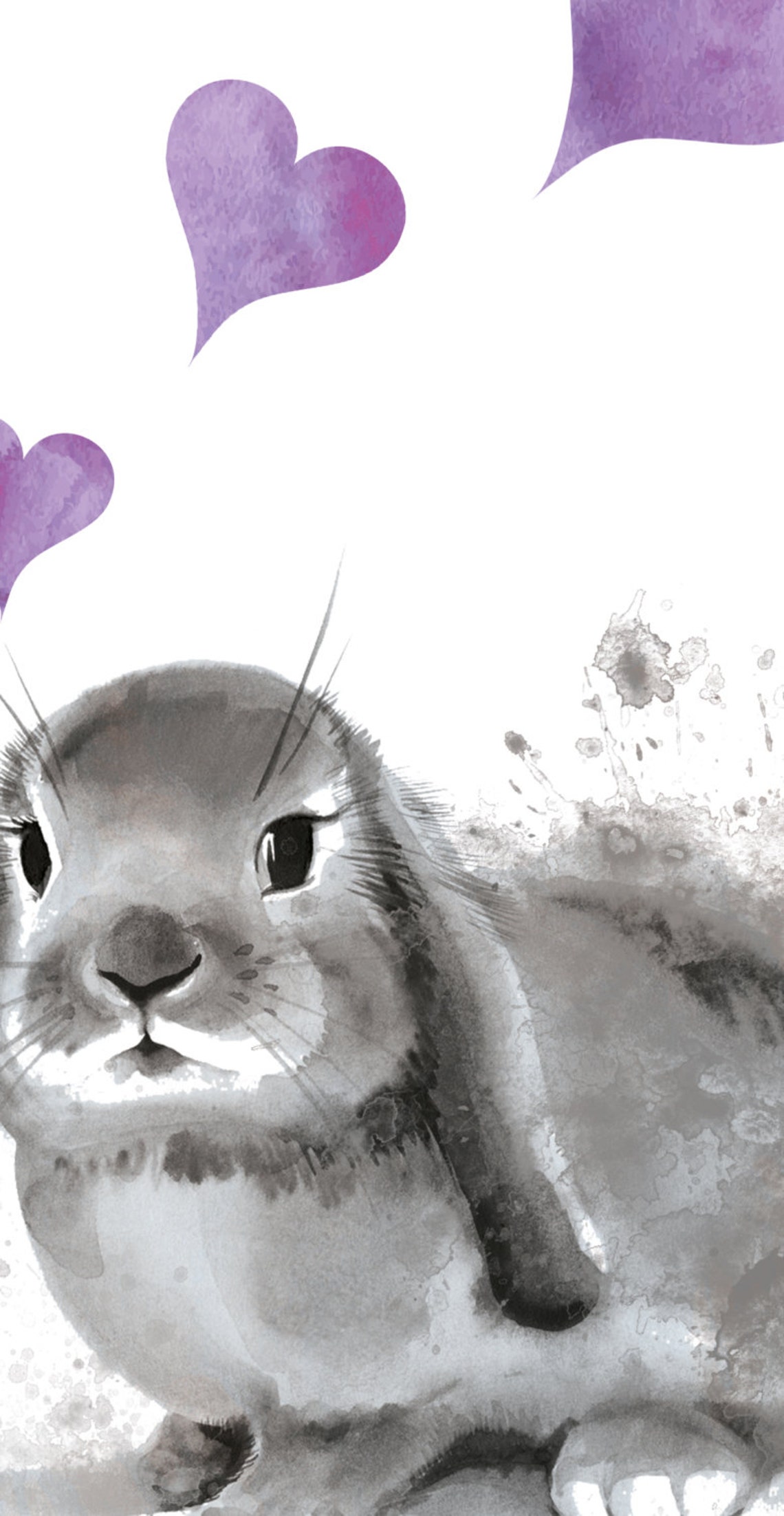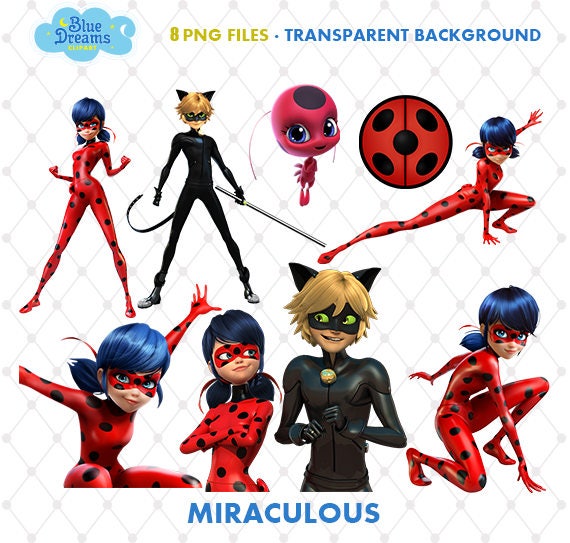

So more data translates to more quality and all the quality is saved in a. Quality is determined directly by the amount of data in the file. TIFF files do not add data or quality to pictures just by being TIFFs.įor example, for a simple line stick figure drawing – a TIFF file vs a JPG may visually appear exactly the same because the data is limited as is. It goes without saying your art must have the data for the TIFF to use.


TIFF files have the ability to store image data in a lossless format saving ALL the quality of your digital art. TIFF is the best file format to save your digital art in. I’ll also address file types for digital art in regards to printing, web, and social media. TIFF file types and formats are best overall and in this post, I’ll go through why it is. PNG files are best for simple digital art or art that requires transparency on the web.ĭigital art relies on files to exist however it can exist on many platforms. JPG files are best for detailed digital art and photos on the web. TIFFs can be edited and saved as JPGs or PNGs for use on the web as needed without losing quality. TIFF provides the best quality for printing or displaying digital art and images offline. TIFF aka TIF – Tagged Image File Format – files can be lossless when saving so they lose no data or quality. As a digital designer, I am always working with digital art files and as such need to know which file types are best.


 0 kommentar(er)
0 kommentar(er)
